Interested in learning more about how your nonprofit can rank in zero-click searches? Book a call with Nonprofit Megaphone today!
By now, you’ve noticed that Googling almost any question brings up not a long list of links to try, but what purports to be the answer itself, enthroned atop your search results page and crowned with a trendy-again 1960s-style star logo. Odds are that this blurb answers your question without you having to click on a single link, which is admittedly a time-saver, assuming you feel confident in its accuracy. And while this AI answer summary can take up considerable space on your results page, the page itself is the same size, meaning you’ll find fewer links holding court on it.
Ever wonder how Google is now deciding which websites make the cut and which get banished to the desert of its Page 2 results? If you have a nonprofit in need of good online visibility — which is just about every nonprofit — you should.
You’ve just summoned up what is known as a zero-click result. These are changing how people discover information — including whether they find your landing pages. For organizations working hard to raise awareness, recruit volunteers, or attract donors, fewer clicks might sound like bad news.
Fortunately, it’s actually a chance to stand out in a different way. By understanding how zero-click searches and AI-powered results work, nonprofits can position themselves as trusted authorities and keep their missions visible in this evolving digital landscape — even when users don’t click through.
Understanding Zero-Click Searches
A zero-click search occurs when a user’s query is fully answered within the search engine results page (SERP) itself. This might be through featured snippets, AI Overviews, People Also Ask boxes, or other “instant answer” features. These experiences are designed to improve user satisfaction by minimizing extra steps, but they also reduce traditional website traffic. In 2024, studies found that over half of all Google searches ended without a click. This means visibility, not just clicks, has become the new currency of search engine optimization (SEO).
In terms of SEO for nonprofits, the implication is clear: success is no longer measured solely by how much traffic a website attracts, but by how often it appears as a cited, trusted source in AI-driven summaries. The goal now is to ensure that your organization’s expertise is recognized and represented next to that all-important little blue star, even if users don’t need to visit your site to see it.
The Shift Toward AI-Powered Search
In short, AI-powered search tools like Google’s AI Overviews have redefined what it means to “rank.” These systems aggregate information from multiple authoritative sources to create synthesized responses. Appearing in AI-generated summaries requires demonstrating both topical authority and trustworthiness. AI models now evaluate how complete, clear, and verifiable a source is before citing it.
As part of this shift, the traditional emphasis on keywords has become outdated. Instead, AI-driven systems prioritize semantic understanding, meaning they analyze how well a piece of content answers a user’s intent, not just whether it includes specific search terms. This evolution demands a new content marketing approach rooted in clarity, comprehensiveness, and credibility.
How to Write Content That Will Get More Visibility on Google in a Zero-Search World
Here’s your concise guide to adapting your content for the new kingdom of Google SERPS.
1. Create “People-First” Content
The Google rankings system, including AI Overviews, now rewards content written for people, not algorithms. Nonprofits should focus on producing articles, guides, and stories that directly address user questions with confidence and depth. For example, rather than simply including the keyword “how to volunteer,” an article should do an exceptional job of explaining how to find meaningful volunteer opportunities, how to prepare, and what impact volunteering has for making a difference both for others and themselves.
Reports on AI search strategies emphasize that this “people-first” approach includes writing in a conversational tone, as if you’re explaining something to a friend. This matches how users naturally phrase questions in AI-assisted searches. By adopting this accessible yet authoritative voice, nonprofits can help AI models identify their content as relevant and user-centered.
Here’s how to be sure your content makes the grade:
- Write concise, clear answers to specific user questions near the top of the page.
- Use everyday language supported by credible details and examples.
- Evaluate whether each article fully satisfies a reader’s curiosity before they leave the page.
2. Move From Keywords to Topics
As they become increasingly sophisticated, search engines are now enhancing the user experience by interpreting search intent, which is often to find highly specific details rather than just basic information. To stay competitive, nonprofits should build multiple pieces of content around broader themes rather than focusing on single-purpose topics and keywords. This approach, known as topic clustering, helps AI systems understand your site’s overall expertise.
Content clusters consist of:
- A pillar content page that provides a comprehensive overview of a broad topic (for example, “the importance of youth mentorship programs”)
- Supporting subtopic pages that cover narrower angles in depth (such as “how mentorship reduces youth crime rates” or “volunteer training tips for mentorship programs”)
- Internal links conveniently connecting all related pages, reinforcing your site’s topical authority and keeping readers on your landing pages as they search for other relevant information
This structure signals to AI and search algorithms that your nonprofit is an authoritative source within its niche. Linking related pages together also ensures that each article supports the others, improving visibility across the cluster.
3. Demonstrate E-E-A-T
Here, it’s important to remember that both the content itself and the systems that decide its rank can be powered by AI. The recent explosion of AI-generated content through products like ChatGPT has made credibility more valuable than ever (the print is small and the disclaimer is not always present, but by its own admission, AI can make mistakes). AI systems and users alike want to know that the information they’re reading comes from a reliable, experienced source.
As a result, demonstrating expertise, experience, authority, and trust (E-E-A-T) involves using both on-page and off-page strategies.
For nonprofits, this can include:
- Featuring author names, credentials, and bios on blog posts
- Citing data from reputable sources (such as .gov, .edu, or .org websites)
- Building backlinks from trusted community partners, media outlets, and educational institutions
- Maintaining a consistent brand presence that communicates transparency and mission-driven integrity
When AI models evaluate whether to cite a nonprofit’s content in an Overview, strong signals of authority — especially backlinks and verifiable credentials — help distinguish legitimate expertise from generic AI text.
4. Optimize Structure for AI Readability
AI models prefer content that is easy to extract, summarize, and display. Nonprofits should format their web pages to make this process as seamless as possible. This means:
- Using clear header hierarchies (H1, H2, H3) to organize topics logically
- Breaking information into bullet points or numbered lists where appropriate
- Including a short summary or direct answer at the beginning of each section
This structure allows search engines and AI systems to quickly identify the most relevant information, increasing the likelihood of one of your landing pages being selected for a zero-click result.
Additionally, implementing schema markup, or structured data that helps search engines interpret content, can significantly boost visibility. On WordPress websites, schema markup can be added using SEO plugins like Rank Math SEO or Schema Pro. These tools tag content such as FAQs, how-to guides, or articles, helping AI models better understand what type of content is being presented. Properly implemented schema often results in rich snippets (such as ratings, FAQs, or event details), which increase click-through appeal even in zero-click contexts.
5. Prioritize Technical Excellence
Even the best content won’t appear in AI Overviews if search engines can’t crawl or understand it. A strong technical foundation ensures your site remains accessible and indexable. Nonprofits should:
- Maintain a secure (HTTPS) and mobile-friendly website
- Ensure pages load quickly and display correctly on all devices
- Check for crawl errors or broken links that block search engine bots
Since Google primarily indexes mobile versions of sites, responsiveness is essential. A slow-loading or badly structured page causes friction in the data pipeline, significantly reducing its chances of being chosen as a source. Technical excellence, therefore, isn’t optional; it’s the gateway to visibility.
6. Strengthen Authority Through Links and Citations
In an AI-driven search world, high-quality backlinks remain a decisive factor. Each link from a reputable organization or media outlet acts as a “vote of confidence,” signaling trustworthiness to search algorithms. For nonprofits, this might include partnerships with foundations, local governments, or educational institutions that naturally link to your site.
Internally, strong linking between related blog posts or resource pages helps AI understand your site’s architecture and topical depth. Fixing “orphan pages” (pages without any inbound links) ensures that all your valuable content is discoverable and contributes to your organization’s authority.
7. Measure the Right Metrics
As AI Overviews and zero-click searches reshape search behavior, traditional metrics like click-through rate (CTR) no longer provide a full picture of performance. Instead, nonprofits should track:
- Citation frequency, or how often your organization is mentioned in AI-generated summaries
- Brand mentions, including where and how your nonprofit appears in AI responses or featured snippets
- SERP feature visibility, meaning whether your content shows up in AI Overviews, FAQs, or other enhanced listings
- Engagement metrics, or measuring the time on page, bounce rate, and conversion rates for users who do visit your site to quantify “quality clicks”
This shift represents a move from traffic-based SEO to presence-based visibility. Even if users don’t click, repeated exposure to your nonprofit’s name and expertise builds trust and recognition.
A Phase-by-Phase Implementation Roadmap
To optimize for presence-based visibility, nonprofits can follow a structured three-phase roadmap:
- Foundational Audit
- Conduct a full technical website audit (to measure your site’s crawlability, speed, and mobile usability).
- Evaluate existing content for E-E-A-T signals and topical coverage.
- Strategic Integration
- Transition your content strategy from keyword optimization to topic clusters.
- Add schema markup (FAQPage, HowTo, Article) to relevant pages.
- Update your writing style to be conversational yet authoritative.
- Authority and Measurement
- Launch link-building and partnership outreach to earn backlinks.
- Strengthen internal linking between related articles.
- Track new metrics like brand citation frequency and AI Overview visibility.
The Future of Nonprofit SEO
Zero-click searches and AI Overviews mark a turning point in how audiences find and consume information. While traditional web traffic may decline, opportunities for authority and influence are expanding. Nonprofits that prioritize people-first content, strong technical foundations, and transparent expertise can maintain a powerful digital presence, even when users never click through.
In this new era, success means more than ranking. It means being trusted, cited, and remembered. By embracing these strategies, nonprofits can ensure that their voices continue to shape the conversations that matter most.
Keep Your Rankings Up in a Zero-Click World With Nonprofit Megaphone
While the rise of zero-click searches introduces challenges, it also opens new opportunities for nonprofits to build credibility, trust, and recognition. With the right blend of SEO optimization tips, structured data, and strategic content planning, your organization can continue to reach the people who care most about your mission.
Don’t navigate these changes alone. Book a discovery call today to see how Nonprofit Megaphone can help your content thrive in the age of AI.
.svg)


.svg)
.svg)
.svg)

.avif)

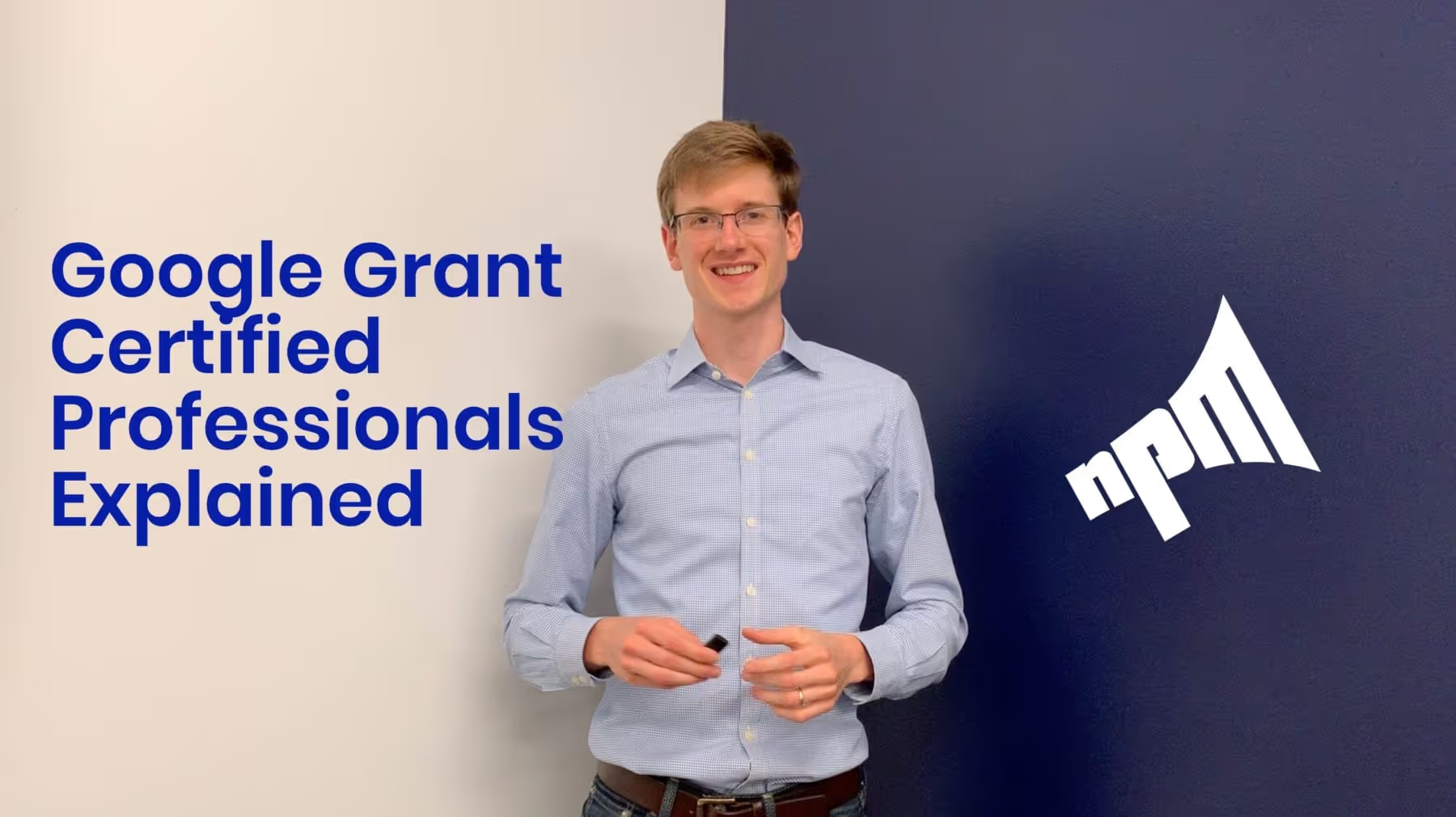





































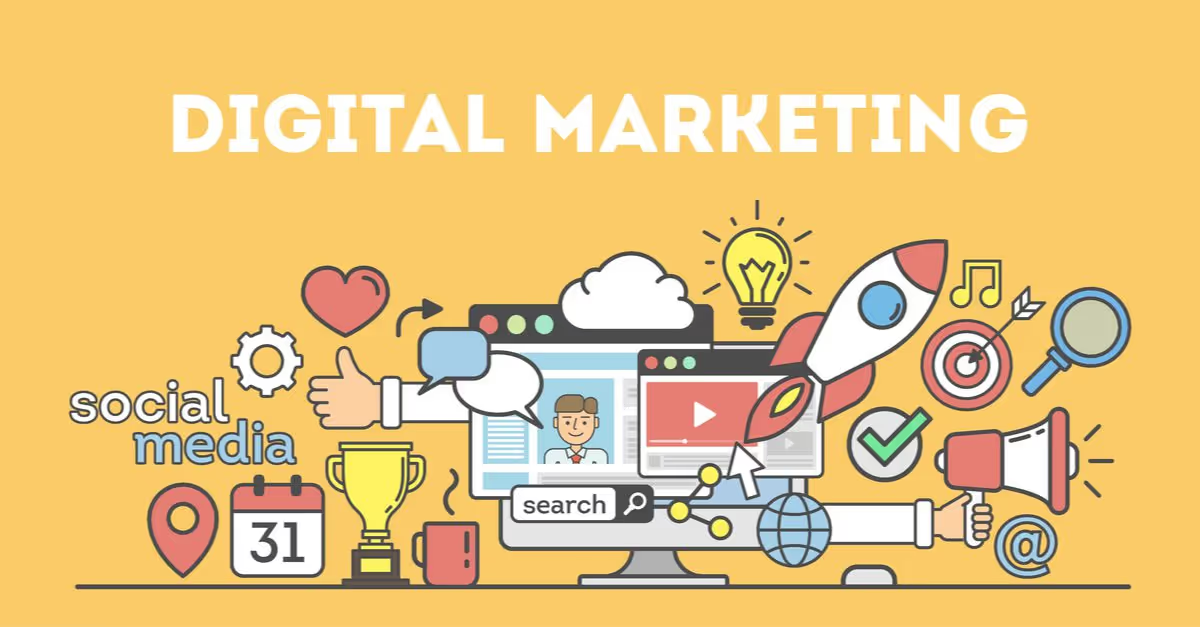




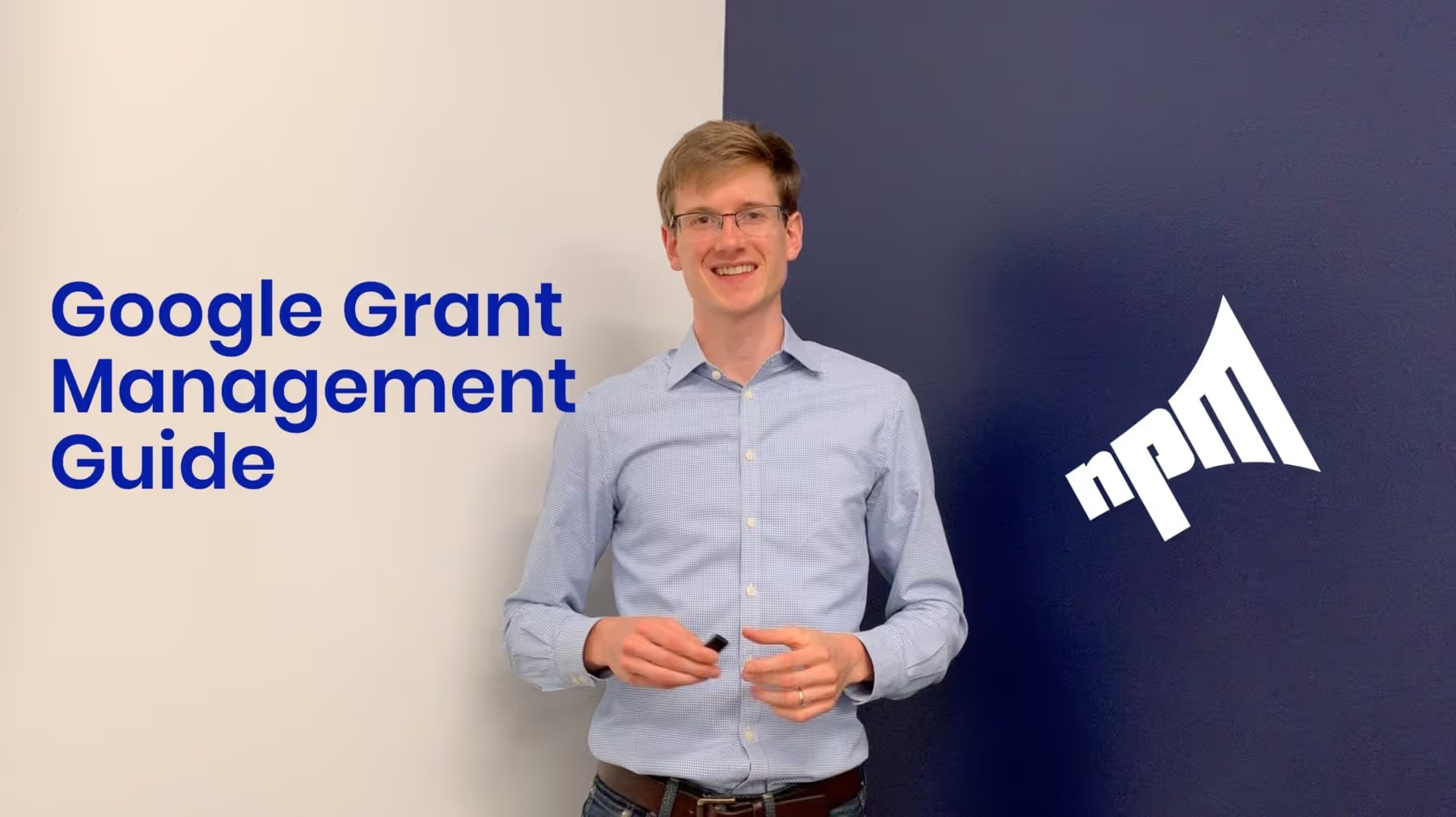
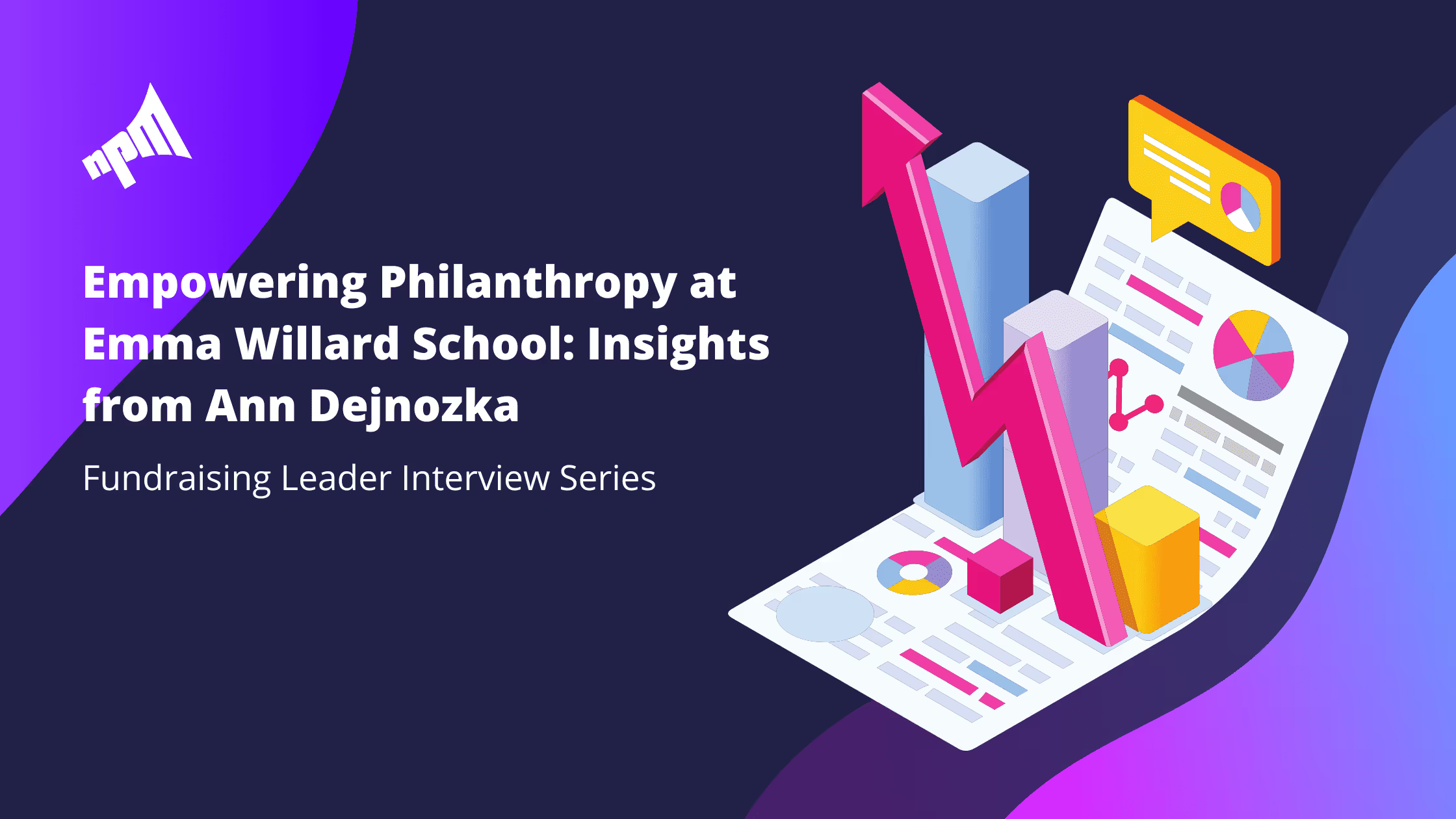


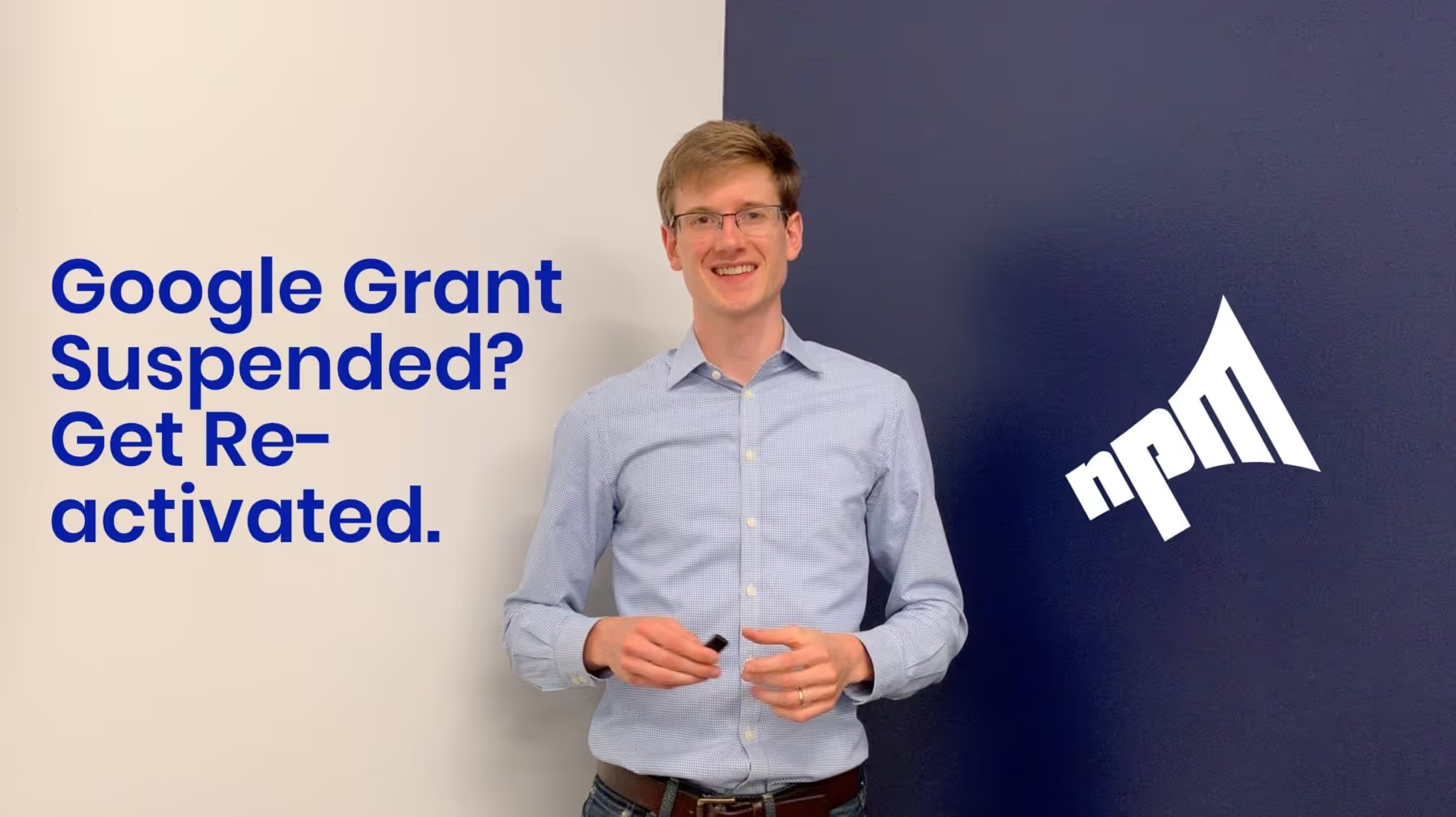



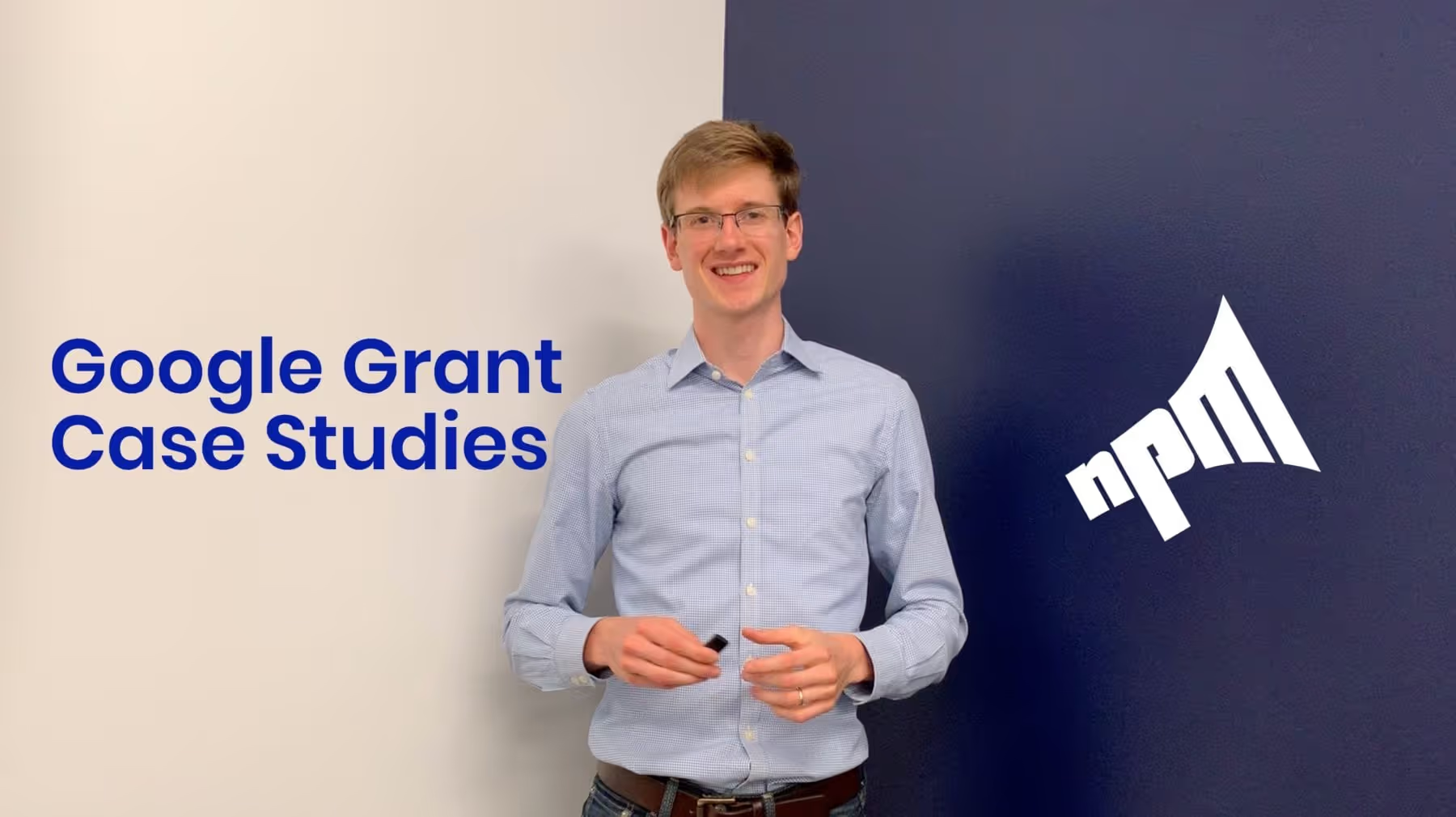



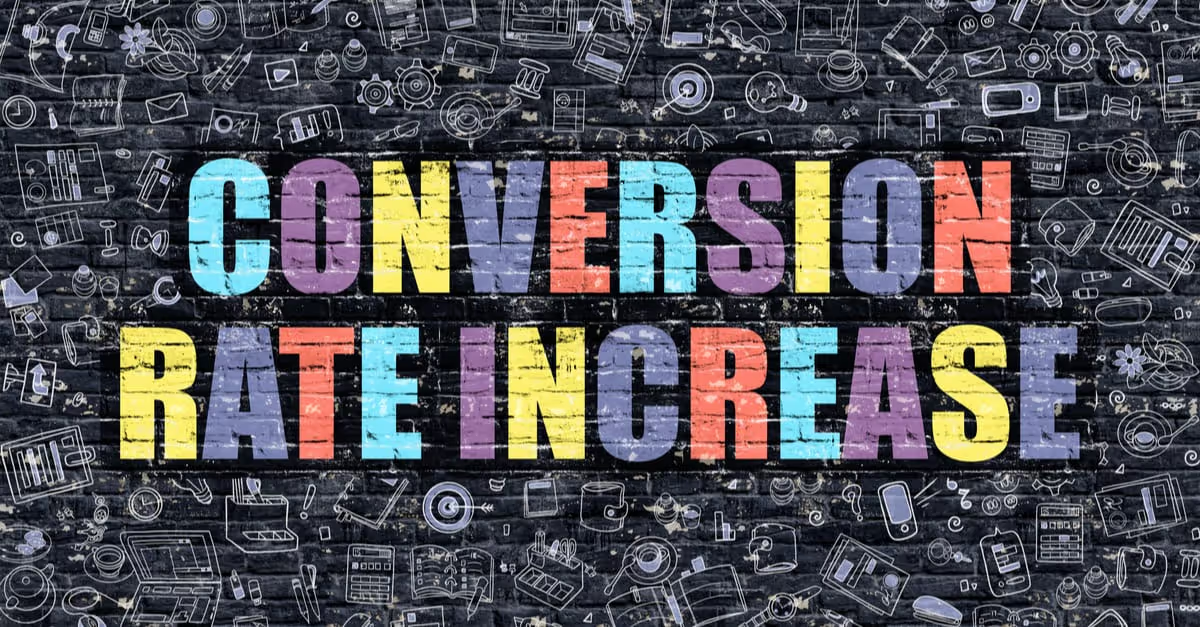




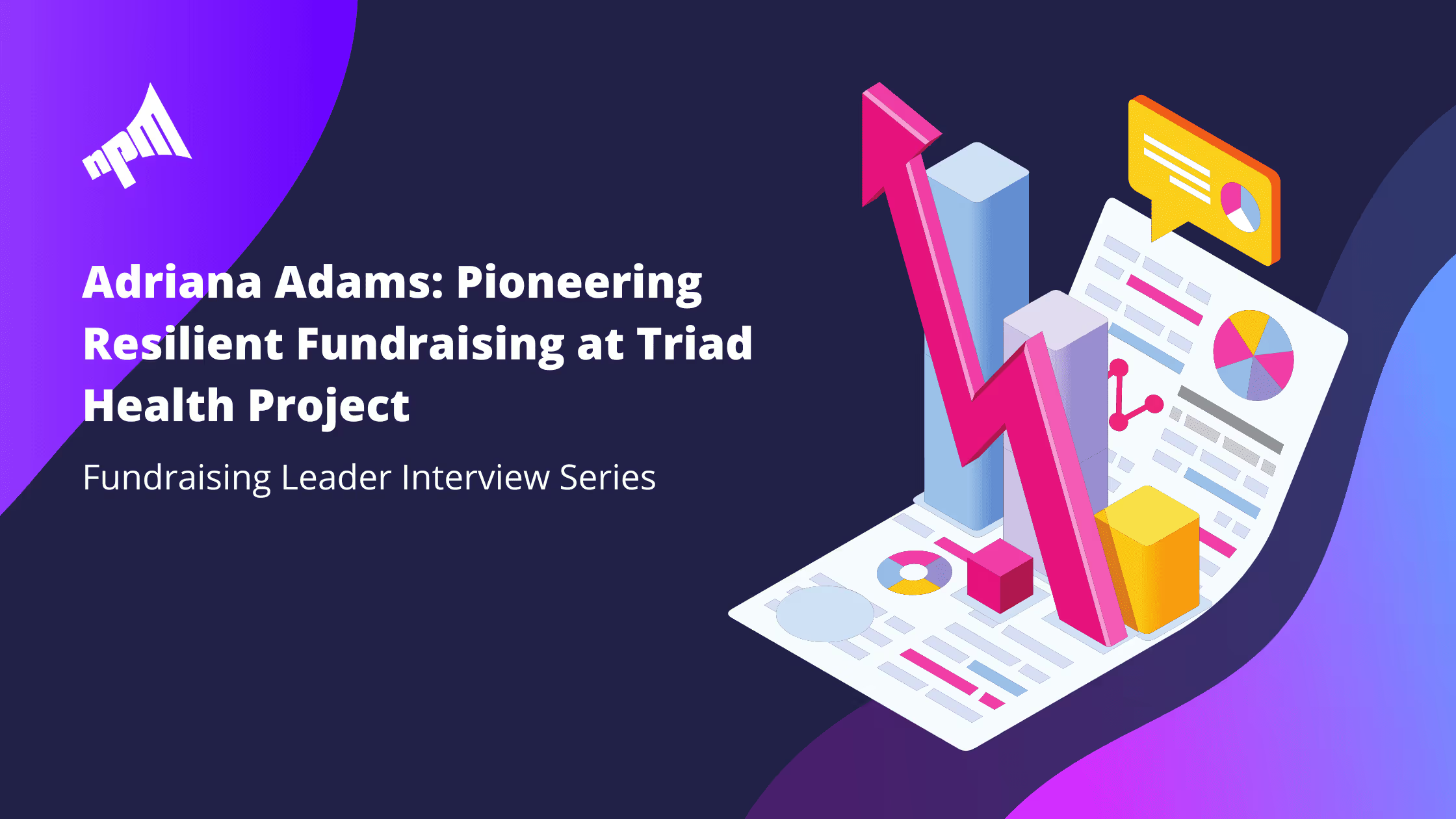

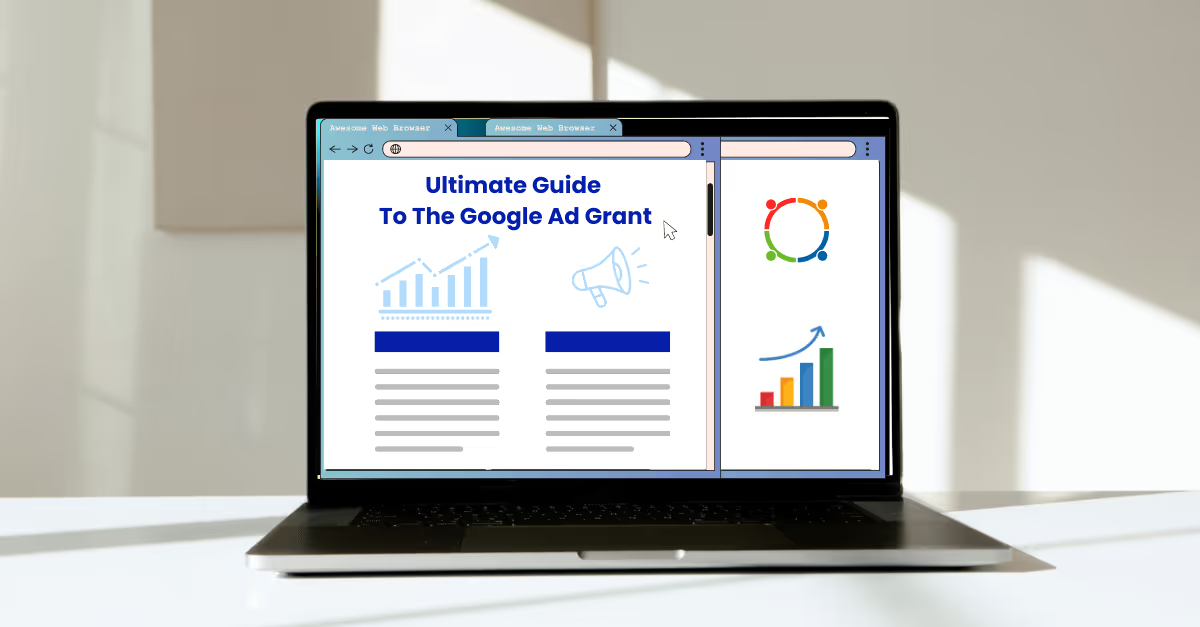











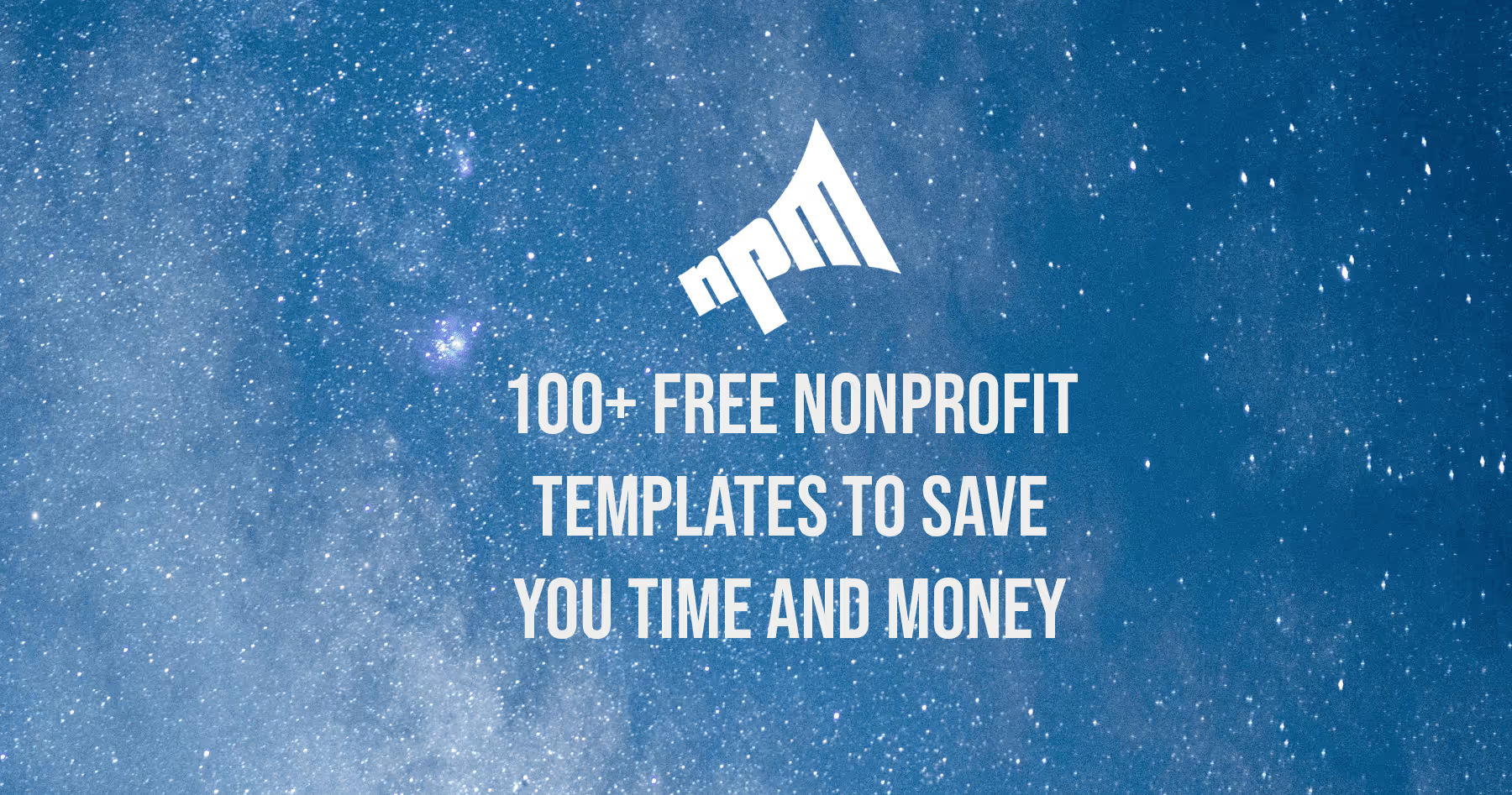







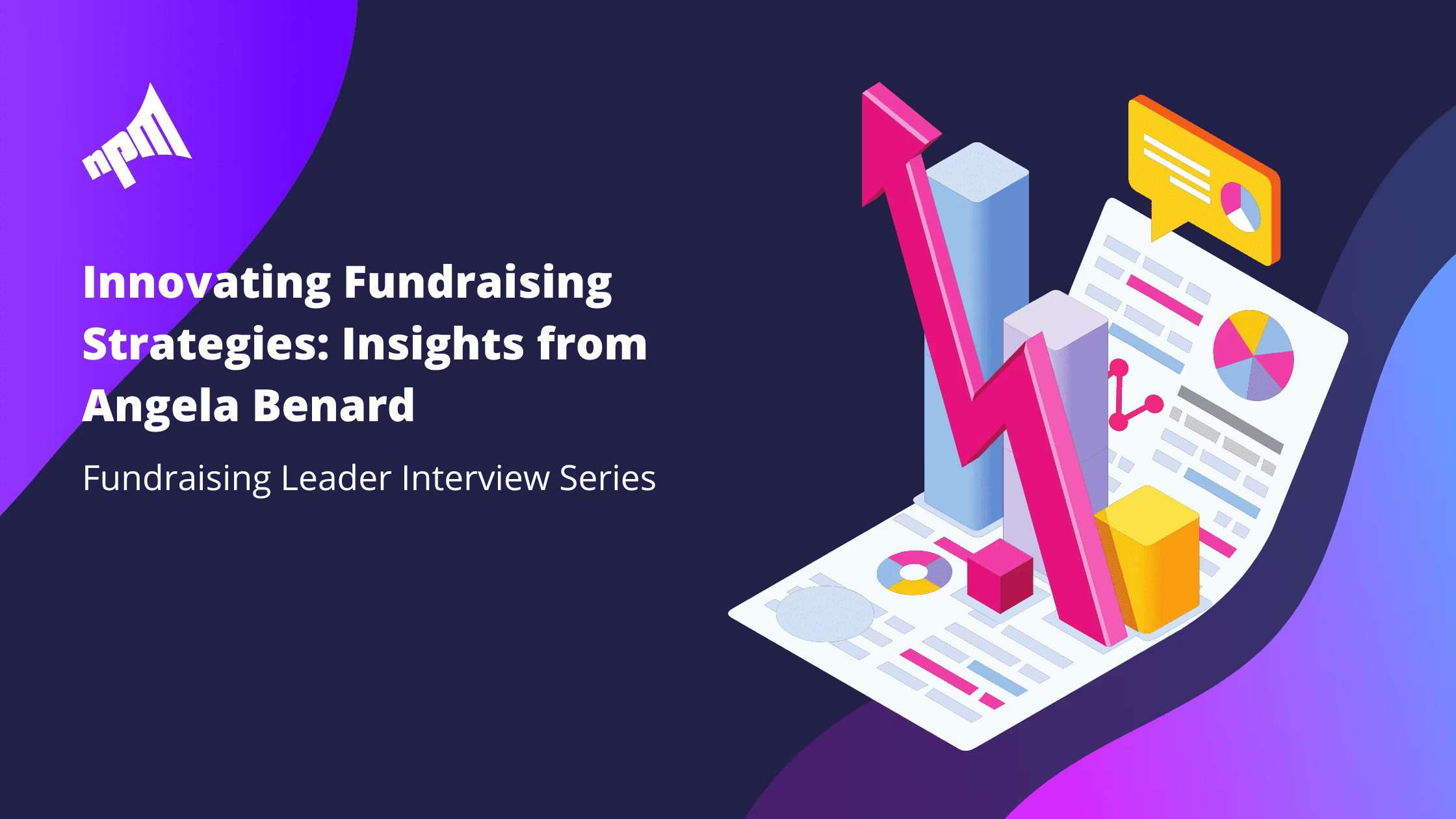
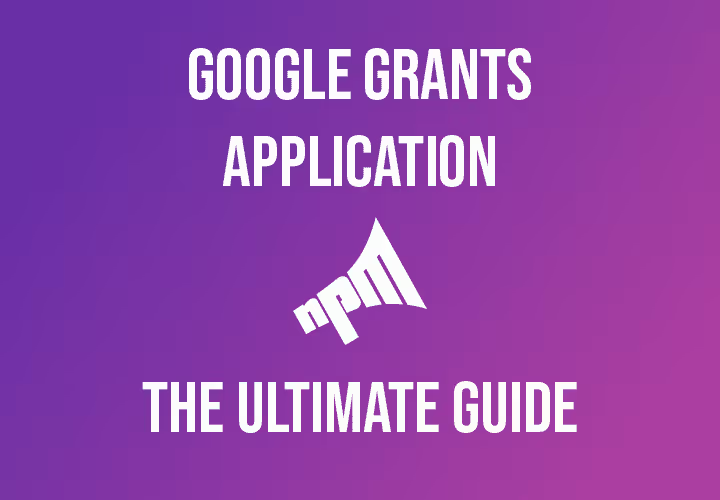




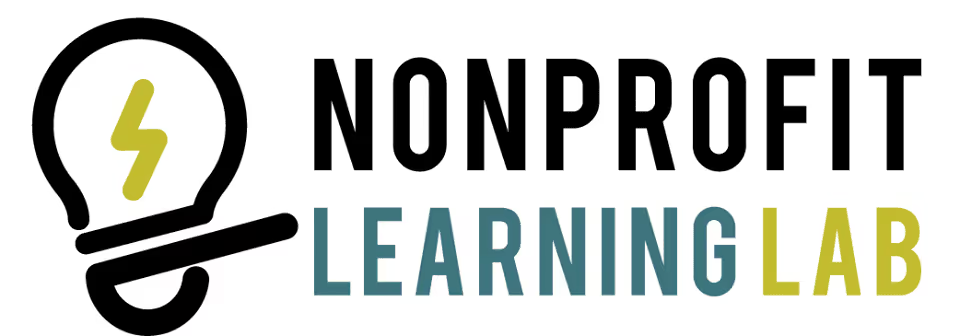








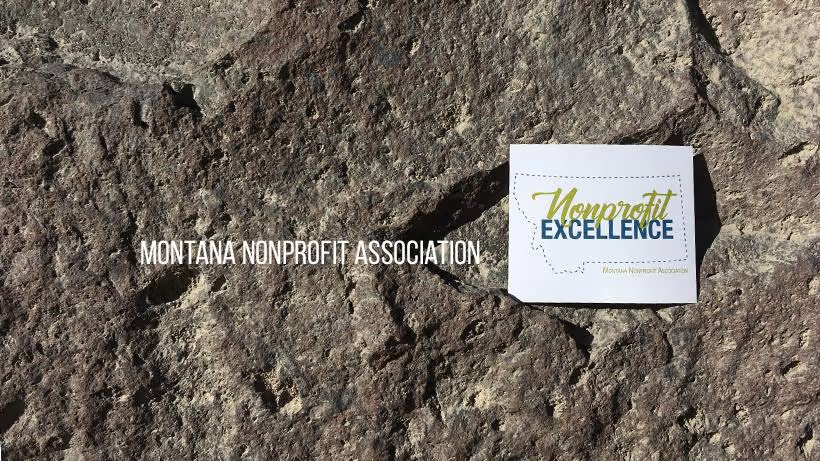






.svg)
.svg)
.svg)
.svg)